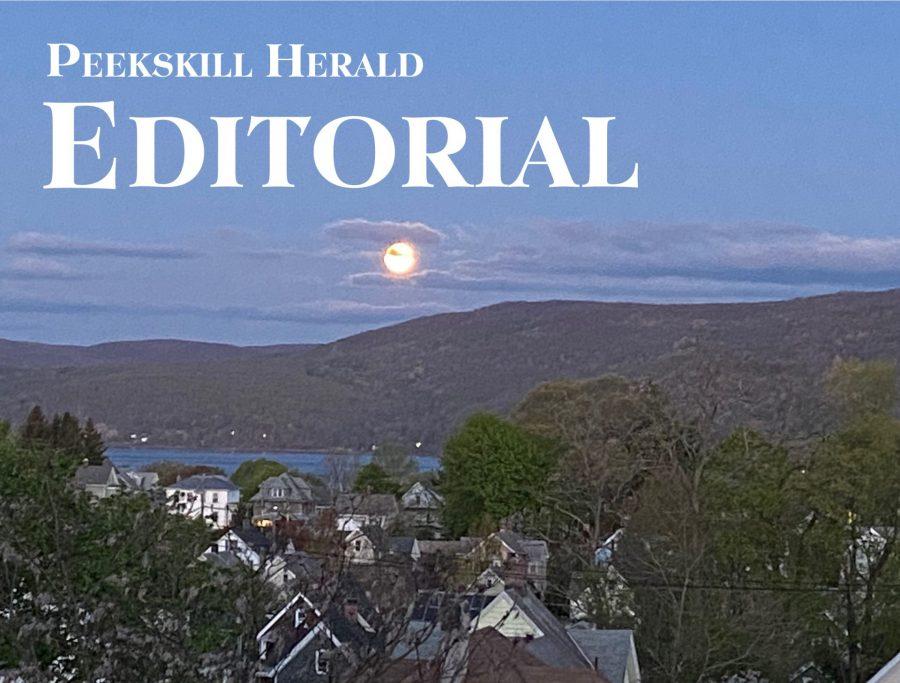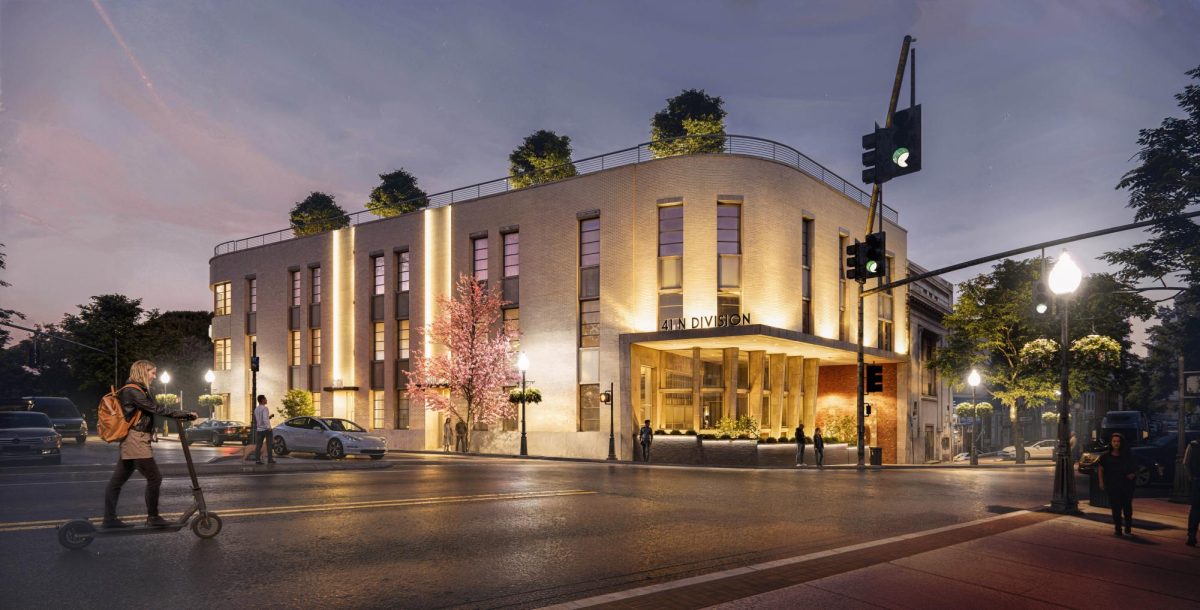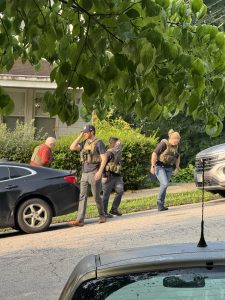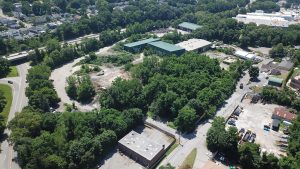Answers about Esther Street are hiding in plain sight
March 24, 2023
Two nights after Peekskill officials launched the balloon that the city is considering reopening Esther Street to cars for limited times, city planners presented to the public initial designs for the “Civic Hub” and “Connectivity” projects as part of the $10 million Downtown Revitalization Initiative (DRI), funded by the state.
The irony couldn’t be richer.
In an effort to mitigate what the mayor described as continued complaints of citizens about illegal parking around Esther Street, concerns from business owners who say people go to other establishments rather than theirs because there’s no parking in front of their shops, and the usual talk of safety regarding emergency vehicles getting onto the street when closed, the city manager asked the Department of Public Works Director to draft a plan around installing bollards to allow reopening the popular pedestrian plaza to cars during most business hours.
What is hiding in plain sight? Without spending a dime of taxpayer money, the revitalization of that section of the downtown has been happening for the past three years since the street was shut down to cars. Through the investment of time and energy of the citizen advocacy group, Peekskill Walks, who engaged with professionals volunteering their expertise, city officials agreed to allow Esther Street to become a pedestrian plaza.
What is hiding in plain sight? The city has been touting its new ‘taskforce’ form of government – where department heads meet regularly to keep each other accountable on mutually agreed goals. This mechanism, already in place, needs to be replicated in regard to the parking problem on city streets, involving all the stakeholders, not just government officials.
What is hiding in plain sight? At the very same moment the city is talking about “civic hubs” for downtown; and in issuing an RFP for upgrading surface commuter parking lots along South Water Street with multi use commercial or retail development, and seems to be acknowledging the importance of higher use of city property than strictly for car storage – the same city government is caving to the complaints of drivers and one or two businesses in proposing to walk back the highly successful civic hub they already have.
There is an incongruity between the city’s desire to reopen Esther while at the same time asking citizens opinions on the design of the pedestrian plaza as a civic hub at the center of the downtown. Acceptance of the $10 million from the state isn’t just about getting funds to ‘add’ things to the downtown. A vision has been articulated by those who’ve answered surveys and showed up with ideas and best practices from other urban centers during the community engagement part of the DRI process. If the past three years of Esther being a pedestrian plaza has shown us anything, it’s that people want a space to be with each other to enjoy community. Is this going to be a city that continually struggles with the tension around cars, triple and double parked, and pits those who envision a truly walkable downtown against those who believe cars are necessary everywhere?
Like a good balloon pilot, the city must be well aware of the prevailing winds (in Peekskill’s case, a newfound awareness of the importance of walkability and public gathering places in promoting civic health). In ignoring the wind direction, city government runs the risk of blowing off course and finding itself landing in a place far from where it intends to navigate.











![The fireworks display over the Hudson River will be visible from Riverfront Green Park and the waterfront area. (Peekskill Herald)]](https://peekskillherald.com/wp-content/uploads/2025/07/Fireworks-e1751375539105-288x300.png)
